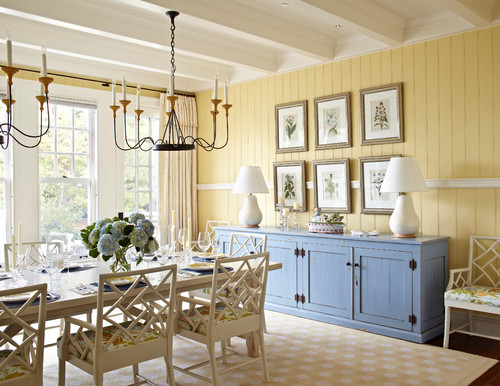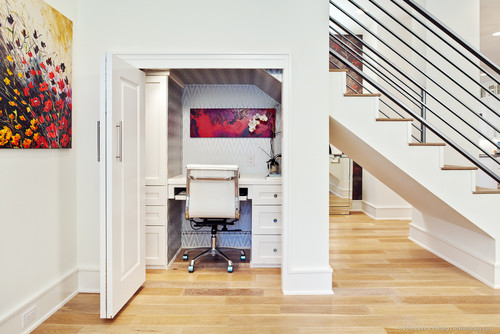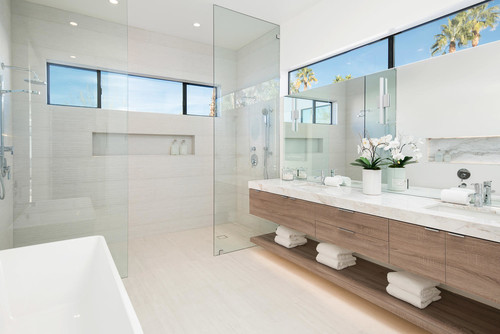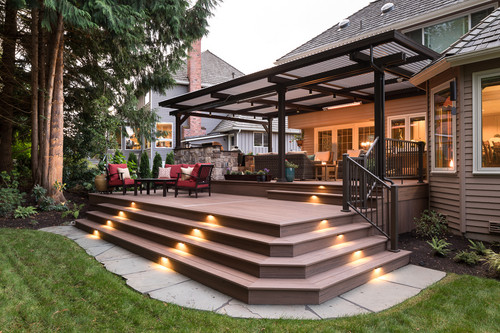We’ve all spent a lot more time at home over the past year. And for many of us, our homes have become our office, our classroom, our gym—and most importantly, our safe haven during times of uncertainty. So it’s no surprise to see that design trends for 2021 revolve around soothing color palettes, cozy character, and quiet retreats.
Even if you don’t have immediate plans to buy or sell your home, we advise our clients to be mindful of modern design preferences when planning a remodel or even redecorating. Over-personalized or unpopular renovations could lower your property’s value. And selecting out-of-style fixtures and finishes could cause your home to feel dated quickly.
To help inspire your design projects this year, we’ve rounded up five of the hottest trends. Keep in mind, not all of these will work well in every house. If you plan to buy, list, or renovate your property, give us a call at 310-658-4590. We can help you realize your vision and maximize the impact of your investment.
1. Uplifting Colors
Colors are gravitating toward warm and happy shades that convey a sense of coziness, comfort, and wellbeing. This year’s palettes draw from earthy hues, warm neutrals, and soothing blues and greens.1
While white and gray are still safe options, expect to see alternative neutrals become increasingly popular choices for walls, cabinets, and furnishings in 2021. For a fresh and sophisticated look, try one of these 2021 paint colors of the year:
● Aegean Teal (coastal blue) by Benjamin Moore
● Urbane Bronze (brownish-gray) by Sherwin-Williams
● Soft Candlelight (muted yellow) by Valspar
On the opposite end of the spectrum, indigo, ruby, sapphire and plum are showing up on everything from fireplace mantels and floating shelves to fabrics and home accessories. These classic, rich hues can help bring warmth, depth, and a touch of luxury to your living space.
To incorporate these colors, designers recommend using the “60-30-10 Rule.” Basically, choose a dominant color to cover 60% of your room. For example, your walls, rugs, and sofa might all be varying shades of beige or gray. Then layer in a secondary color for 30% of the room. This might include draperies and accent furniture. Finally, select an accent color for 10% of your room, which can be showcased through artwork and accessories.2
Photo by Tom Stringer Design Partners - Browse dining room ideas






